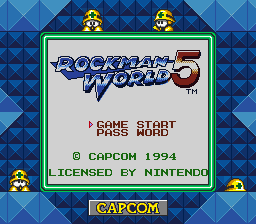The biggest selling point for Unity is that it is extremely easy to use, especially compared to other engines. It is arguably the easiest game engine to learn. Many of the tools used to create the games are highly intuitive and straightforward. The UI and navigation in Unity mimics those found in mainstream 3D applications such as Maya and 3Ds Max. This makes it extremely accessible to 3D artists who are trying to make their own game.
The current stable release of the engine, Unity 3, supports everything that can be found in high-end gaming engines such as occlusion culling, dynamic lighting, and built-in physics. It also includes powerful features that are unique to Unity, such as the ability to drag-and-drop game entities into levels(this includes auido and light sources), and the ability to instantly update imported assets merely by saving them in their respective programs.

Perhaps the best thing about Unity is that it is completely free to use. There are two versions of the game engine: Unity and Unity Pro. Unity is completely free to download and use. It is even possible to sell any games created with Unity without having to pay a royalty. Unity Pro is a more comprehensive version of Unity that is priced at $1500. Unity Pro offers more advanced features such as realtime lighting and deferred rendering.


Compared to other engines, Unity 3 is definitely the most accessible. Although game engines such as the Unreal Developers Kit and CryENGINE may be more powerful in terms of graphics, simple things such as importing a character into the engine require programming knowledge and an understanding of the engines' hierarchies. Making games in these engines essentially requires the user to become a programmer, whereas Unity was designed for use by artists.




























